After 20 years of diligently writing a work of historical value, winning the A prize at the 7th National Book Award, according to 104-year-old researcher Nguyen Dinh Tu, his most fundamental motivation is patriotism.
104-year-old researcher Nguyen Dinh Tu has just received the A prize – the 7th National Book Award for his work Gia Dinh – Saigon – Ho Chi Minh City: Long Mile of History (1698 – 2020). Previously, in 2018, he received the A prize – the National Book Award for his work French Colonialism in Cochinchina (1859 – 1954).
Researcher Nguyen Dinh Tu shared that although writing is hard work, it is a joy to have your work received and appreciated by the public. Therefore, despite his old age, he still took the train from Ho Chi Minh City to Hanoi one day in advance to receive the award.
Researcher Nguyen Dinh Tu. Photo: Pham Hai
I am so happy!
– How did you feel when you won the A prize – National Book Award for the second time?
I am extremely happy! The work I have worked on day and night, with great effort, simplicity, and frugalness, without any collaboration from anyone, finding documents and writing them myself… is considered to be of high quality in Vietnamese history, there is no greater joy!
– Writing alone, what advantages and difficulties did you encounter?
I wrote this book in two stages. Stage 1, when I heard the press report that Ho Chi Minh City would celebrate its 300th anniversary. At that time, there was almost no comprehensive work on the history of this land.
The anniversary was approaching, I was so impatient that I made an outline of the city's history for 300 years. Finding documents was extremely difficult, difficult, and the means of making manuscripts at that time were also outdated. I had to write by hand, type on a typewriter, and then send it to the publisher. Thinking back, the difficulty at that time was unimaginable, I sat working all day, all night, repeating from writing the manuscript to typing,
Phase 2 from 1998 onwards, I was no longer under time pressure, searching for documents was more leisurely. Thanks to that, I collected many rich, complete and rare documents. This time, I was very satisfied because the documents were complete, rich, not lacking any aspect, from big to small. In general, it was perfect!
- Where did you go to find documents?
I started writing with nothing because I sold all my documents to the scrap collectors to buy rice. I had to go to the library to work like a civil servant: I was there at 7:30 in the morning, stayed at noon, and returned in the afternoon. Luckily, after the city was liberated, there were 2 centers that stored old documents very fully, without any loss, which helped me to write my book.
Head of the Central Propaganda Department Nguyen Trong Nghia and Minister of Information and Communications Nguyen Manh Hung presented the A prize to 104-year-old researcher Nguyen Dinh Tu. Photo: Pham Hai
– There were times when you had to change careers constantly. What helped you not give up halfway and finally release this work?
My most basic motivation is patriotism. I love my country so I love its history. Without history, the country cannot exist. I still pay attention to the issue of researching and writing history no matter how difficult or arduous it is. This way of thinking of mine has been built and formed from a young age.
- In your opinion, what is the greatest value the work brings?
For a long time, I have noticed that there are two important issues related to history that have not been presented in detail, causing readers and people to not understand the truth. I write clearly about these issues to dispel the distorted arguments that cause discord and affect the national friendship between Vietnam and Cambodia.
That is the problem of Vietnamese immigrants in Chenla (Cambodia). Why did our people come to live in another country and exploit a mineral area without any hindrance? There is a reason for that, not naturally.
Second, why did the South become a region of Vietnam? I have presented it all in the book in a fair way.
In the past, the kings of Chenla had asked Dai Viet to send troops to help repel foreign invaders. After completing the mission, our troops withdrew without asking for any repayment. About 50-60 years later, in recognition of the Vietnamese people's help and sacrifices, the kings of Chenla voluntarily gave away land. This process lasted about 50 years.
The ancient Ha Tien area was very large, including Kien Giang, Ca Mau and a part of Soc Trang. The king of Cambodia initially allowed our country to exploit it, then voluntarily donated it. This is clearly recorded in Vietnamese history, Cambodian history and even French history. I have presented it specifically to clarify the issue, dispel distorted arguments, and strengthen the friendship between Vietnam and Cambodia.
What I want to present to readers across the country and your country are two key issues that affect the friendship between the two nations: the Vietnamese migrants and the Southern region. I want readers to pay close attention to better understand history. Instead of rehashing old stories in a haphazard, baseless way, we should cooperate to build common happiness for both nations.
Researcher Nguyen Dinh Tu signs books. Photo: Pham Hai
– What is your current workday schedule like?
I need to be healthy to sit down and write. To be healthy, I protect my body by exercising and eating regularly. Research is my spiritual food, without it, like without rice, I cannot live.
Sometimes I get so engrossed that it’s time to eat and sleep, but I can’t turn off the lights, afraid that if I stop halfway, I’ll forget the next day. I can sit in front of the computer working for 8 hours a day.
– Do you have any advice for young people interested in the culture and history of the country?
Nowadays, young people often hug their mobile phones and forget about reading culture. This only brings short-term benefits, not long-term service to culture. To serve long-term service, we need to read books, read and ponder at the same time.
The range of the phone is limited, it cannot contain as much in-depth information as a book. I suggest that young people should focus on reading books, absorbing in-depth knowledge.
Reading books means learning, even when you are no longer in school. The knowledge from books is like a complete, comprehensive teacher, teaching knowledge in all fields.
The work Gia Dinh – Saigon – Ho Chi Minh City: Miles of History (1698-2020) consists of 6 main parts.
The work Gia Dinh – Saigon – Ho Chi Minh City: Long Mile of History (1698-2020) consists of 6 main parts. It is divided into 2 volumes with the time frame of volume I from 1698-1945 and volume II from 1945-2020. The introduction presents an overview of the city's natural geography, prehistoric times, the period of Phu Nam, the period of Thuy Chan Lap and the Vietnamese migrants.
The first part introduces the time of the Nguyen lords and kings of the Nguyen dynasty, presents the situation in the Binh Thuan - Dong Nai - Gia Dinh region before Nguyen Huu Canh was appointed to inspect the South, the laying of the foundation, administrative units, the expansion of the territory, the organization of administrative units under the Nguyen kings, the organization of national security and defense, the expansion of agriculture, small-scale industry, transportation - post, trade, taxation, currency, cultural activities, education, arts, physical education, health care, society, beliefs - religions.
The second part introduces the French colonial period, presents the French army's initiation of the invasion of Cochinchina, attacking Gia Dinh citadel, Phu Tho fort, and Chi Hoa fort; the resistance of officials; the Nham Tuat Treaty (1862); the French organization of the governing apparatus, the administrative level, that is, the central level, the governing apparatus of Saigon city, Cho Lon city, Saigon - Cho Lon area, the local level, then the province, district level, canton level, village level, the administrative management organization of Gia Dinh province, Cho Lon province, Tan Binh province; the organization of the judiciary - defense sector; policies towards the Chinese, policies on agriculture, industry and small-scale industry, transportation, postal sector, trade, finance, tax - currency - banking, education, culture, art, health - sports - tourism, society, beliefs - religion; the people of Saigon - Cho Lon - Gia Dinh continued to fight the French.
The third part introduces the period from the Japanese coup against the French (1945-1975) to the 1954 Geneva Agreement, presenting the Japanese coup and the uprising of our people to seize power in Saigon, the French army's reoccupation of Saigon - Gia Dinh and the 9-year resistance war against the French (1945-1954).
The fourth part introduces the period of the Republic of Vietnam (1954-1975), presenting the Ngo Dinh Diem government's plot to permanently divide the country under the intervention of the US Government, on agricultural activities, small-scale industry - agriculture, transportation, trade - import-export - ports, finance - banking - currency, culture - art, education, health - society, beliefs - religion, tourism, diplomacy - defense; on the coup to overthrow Diem, what the Thieu government had done; the leadership of the Vietnamese Labor Party at all levels in the Saigon - Gia Dinh people's struggle against the US and the Republic of Vietnam government leading to the great victory of the Ho Chi Minh Campaign.
The fifth part introduces the period of building a peaceful, civilized, modern, and integrated city from 1975 to 2020, under the Socialist Republic of Vietnam, presenting the official establishment of Ho Chi Minh City, the construction and development of agriculture - livestock - fisheries, industry and handicrafts, foreign investment, trade, finance - banking - currency, transportation - post, education, cultural fields - art forms, health - society, beliefs - religions, physical education - sports, tourism, links with provinces and international integration, national security and defense.
Finally, there is the Summary and Appendix.
Vietnamnet.vn
Source: https://vietnamnet.vn/cu-ong-gianh-giai-thuong-sach-quoc-gia-dong-co-can-ban-nhat-cua-toi-la-yeu-nuoc-2347112.html


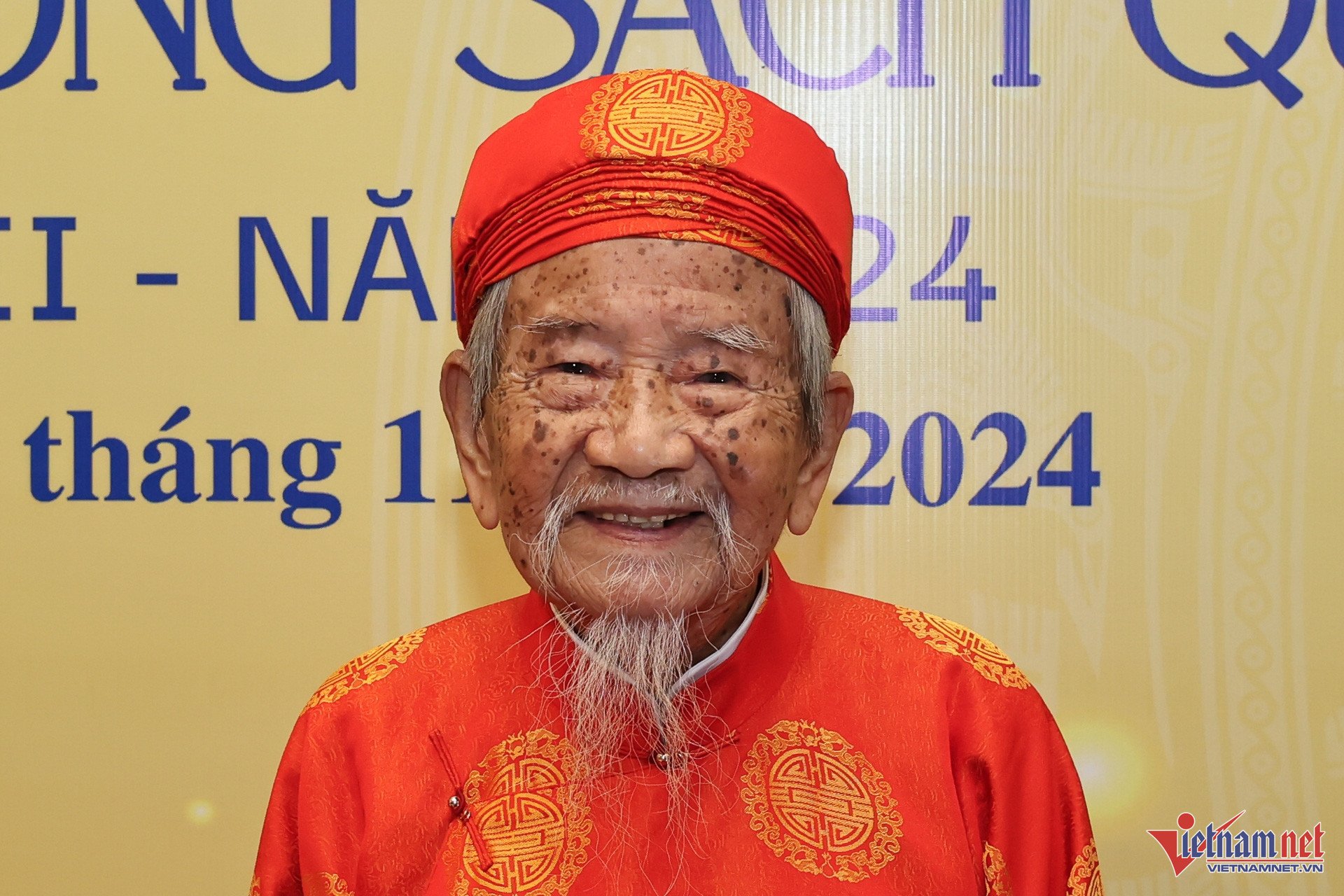
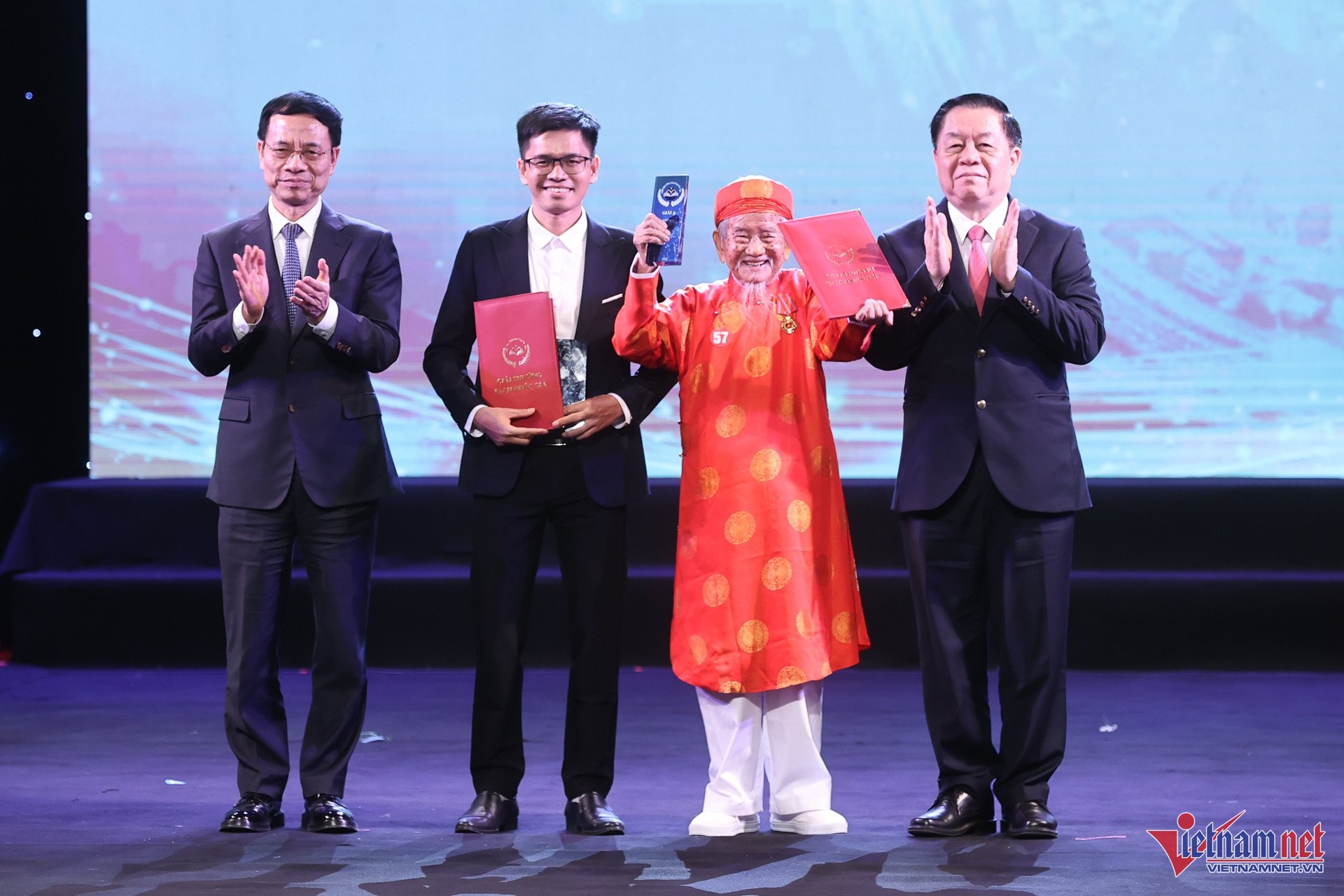
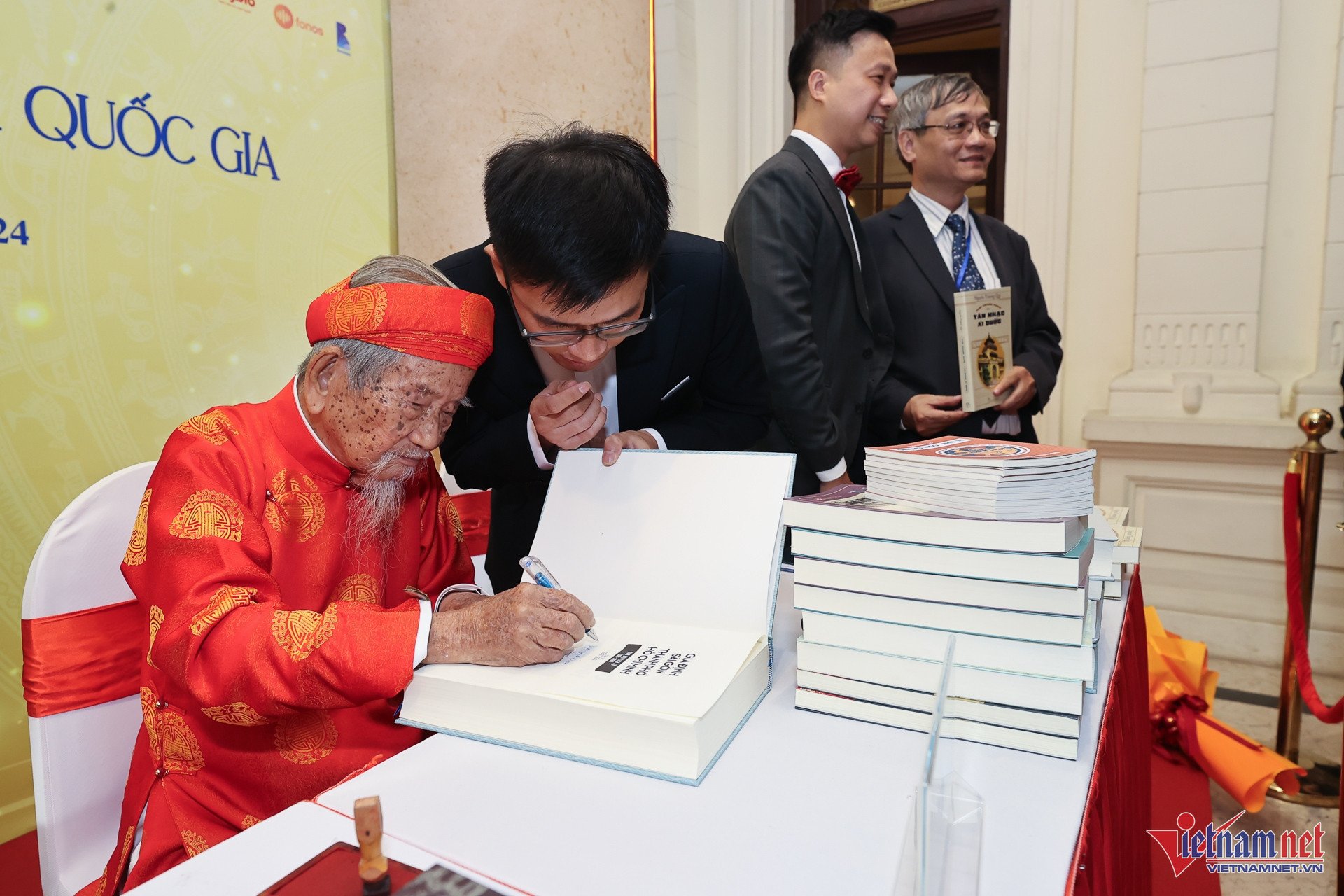
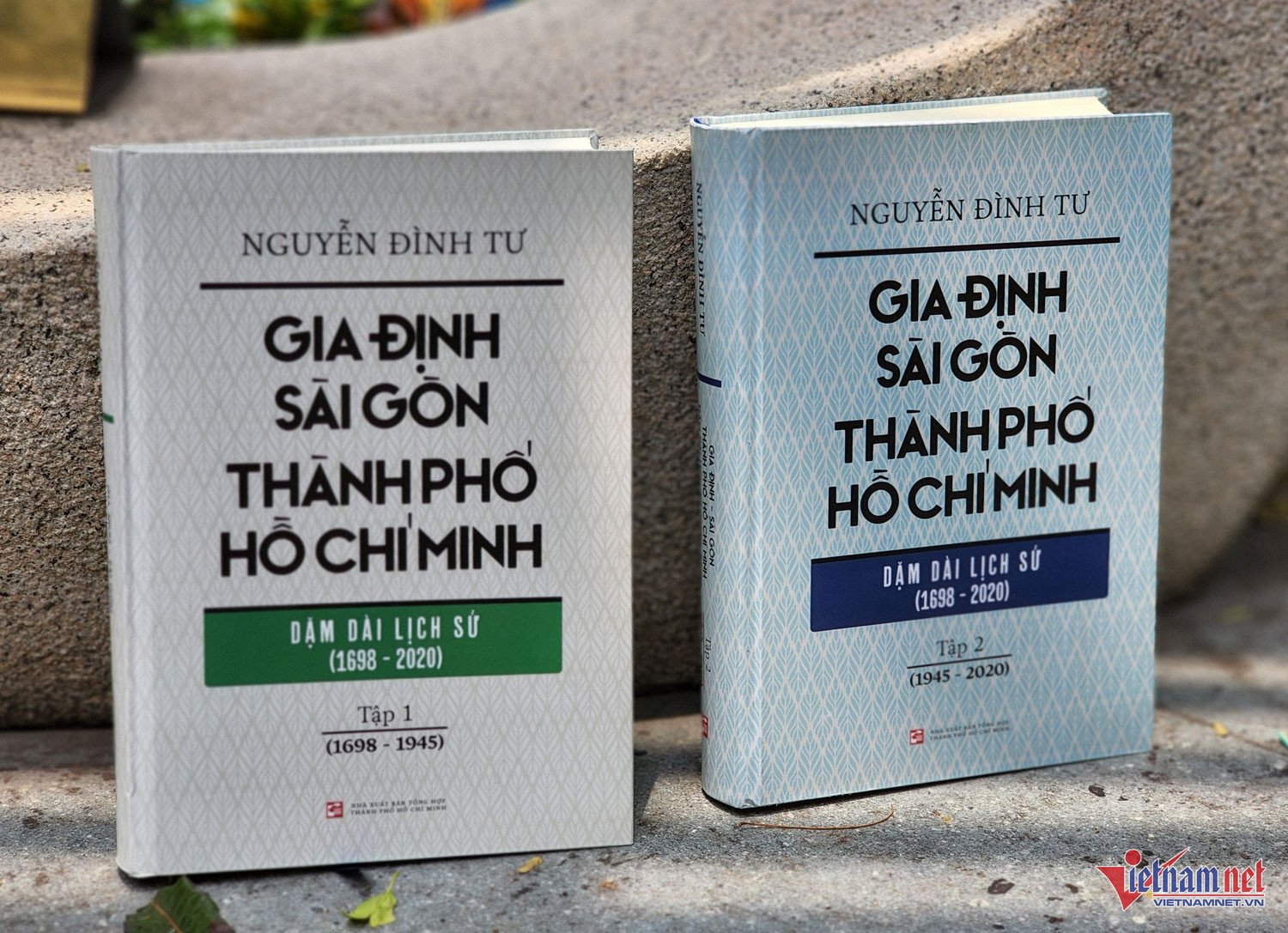


![[Photo] Parade to celebrate the 50th anniversary of Laos' National Day](/_next/image?url=https%3A%2F%2Fvphoto.vietnam.vn%2Fthumb%2F1200x675%2Fvietnam%2Fresource%2FIMAGE%2F2025%2F12%2F02%2F1764691918289_ndo_br_0-jpg.webp&w=3840&q=75)





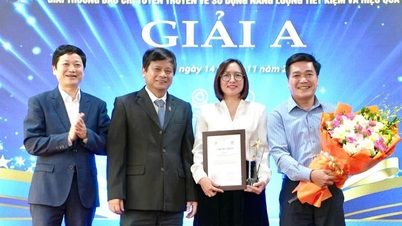



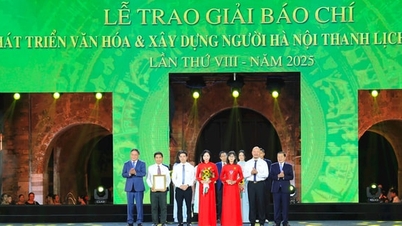



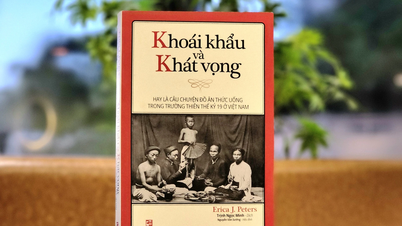



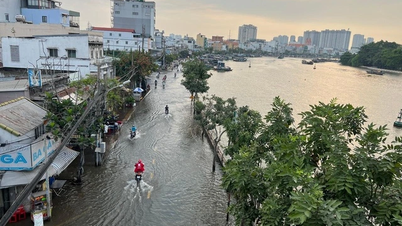

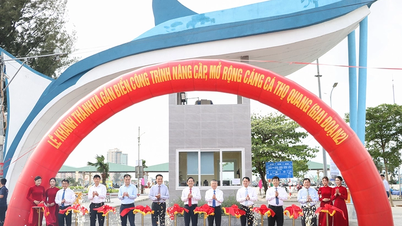








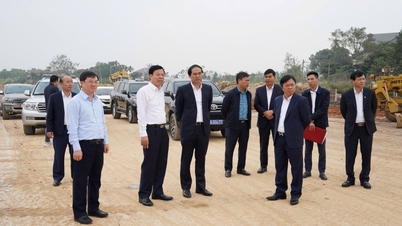


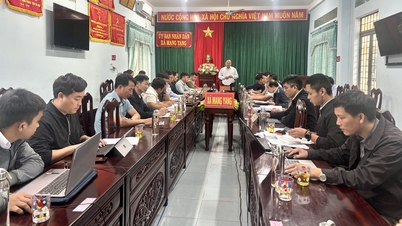
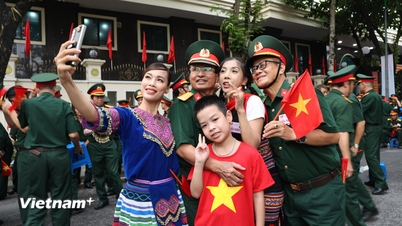

![[Photo] Worshiping the Tuyet Son statue - a nearly 400-year-old treasure at Keo Pagoda](/_next/image?url=https%3A%2F%2Fvphoto.vietnam.vn%2Fthumb%2F1200x675%2Fvietnam%2Fresource%2FIMAGE%2F2025%2F12%2F02%2F1764679323086_ndo_br_tempimageomw0hi-4884-jpg.webp&w=3840&q=75)
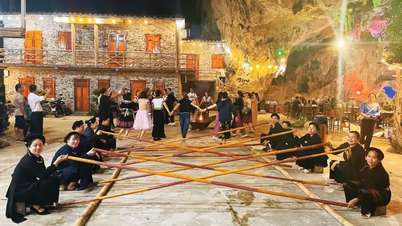


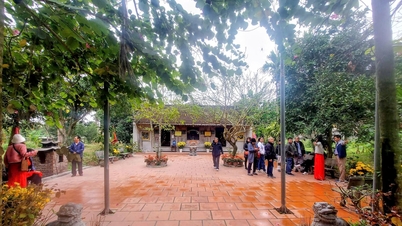

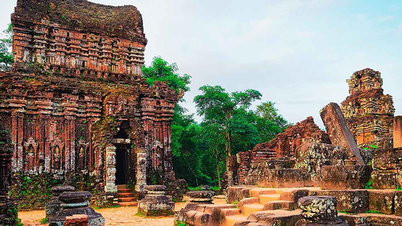


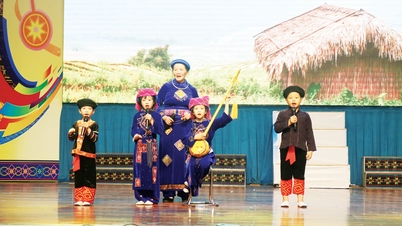



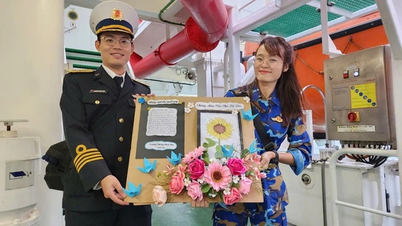

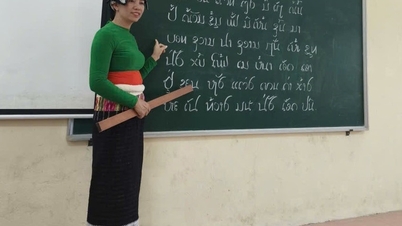

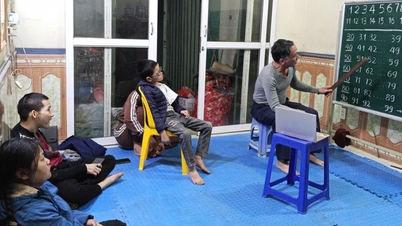
















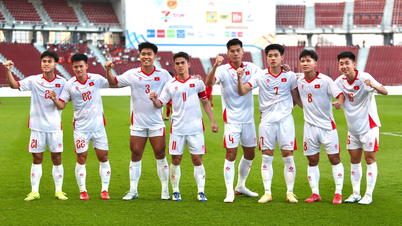




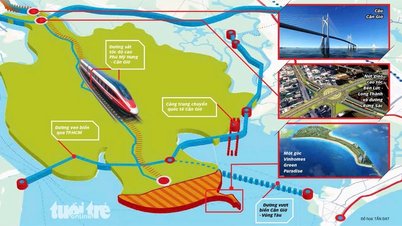
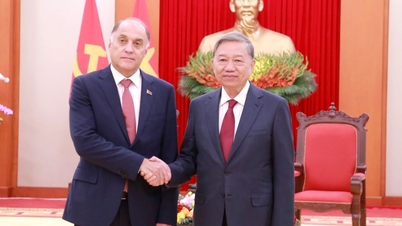

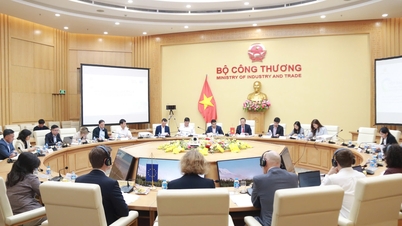

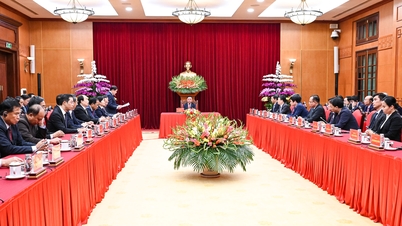

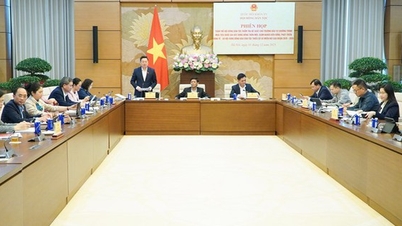

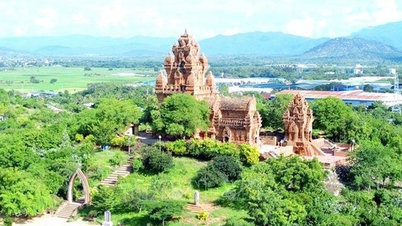


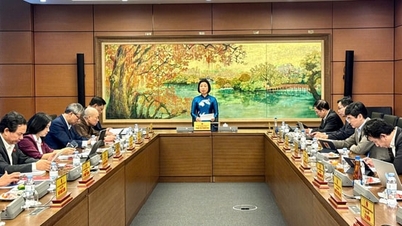
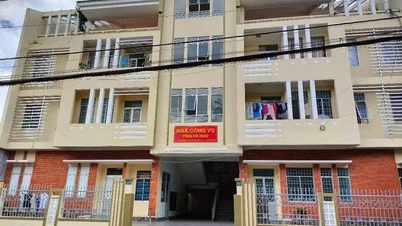


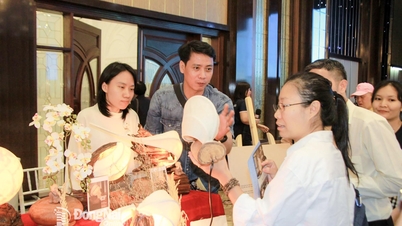

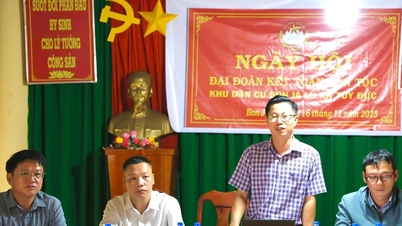








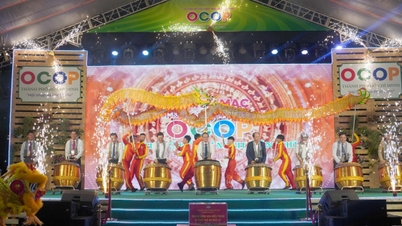

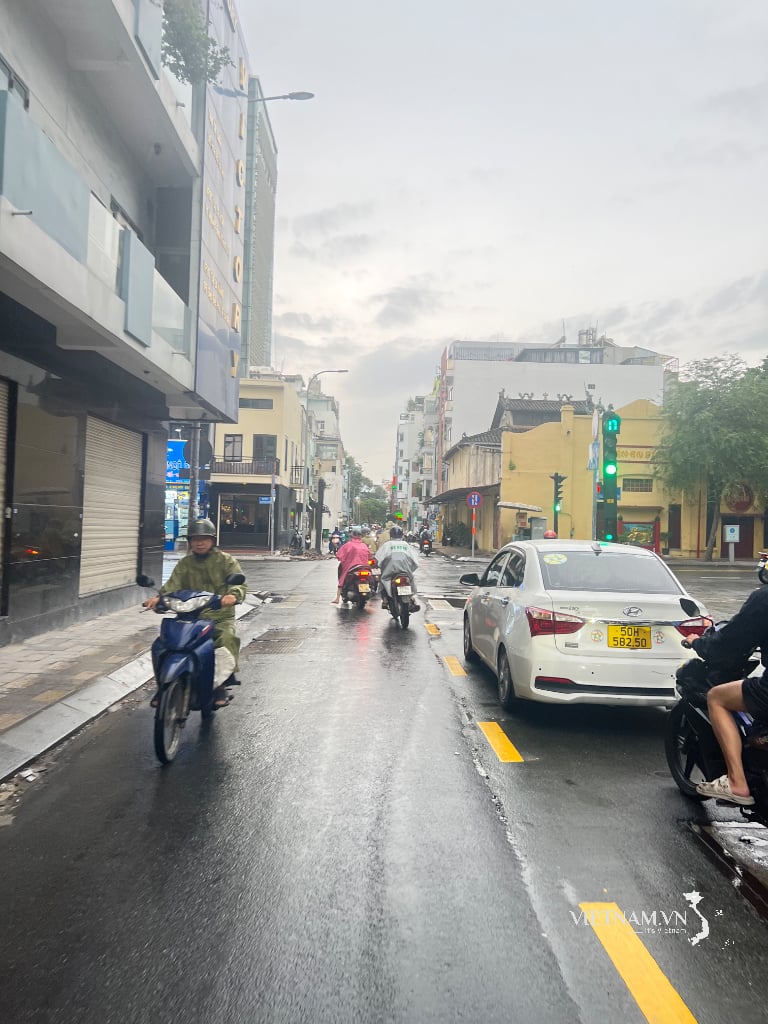



Comment (0)